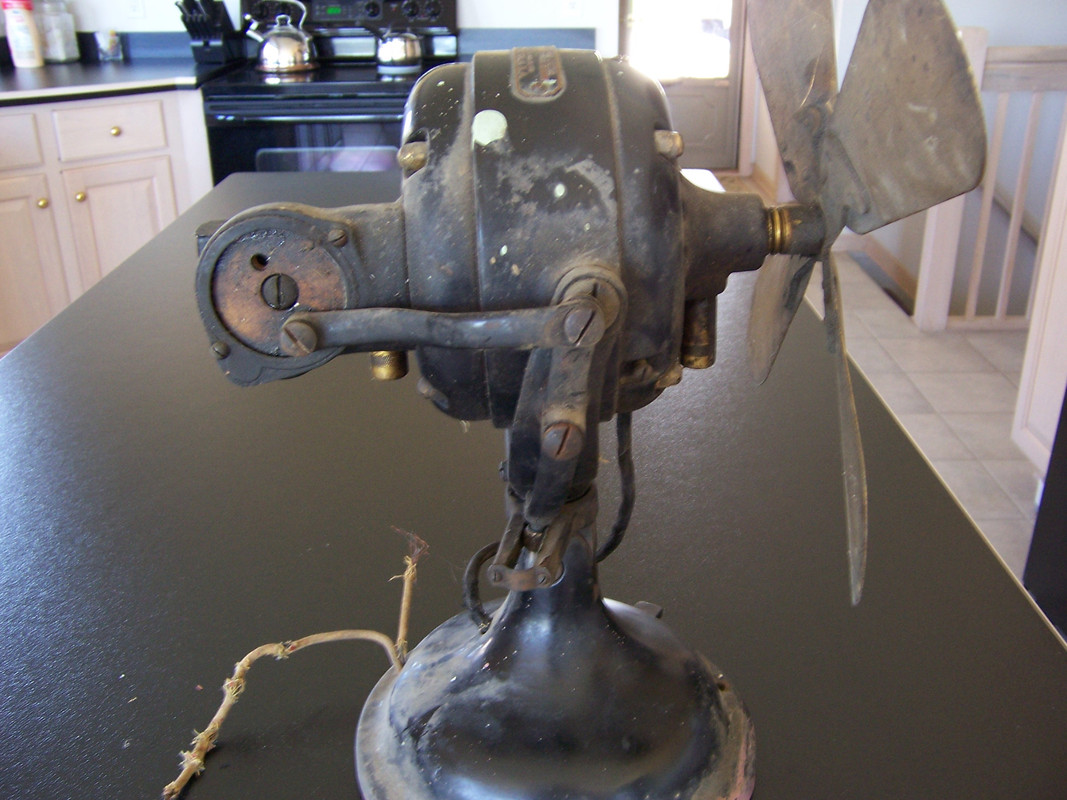

Leo Kujat owns the website The Featherweight 221 Factory and used to restore/repaint Featherweights.

************************************************************************Įvery once in awhile, we will receive word from fellow Featherweight historians, JJ & Leo, as they might uncover something new and exciting about Featherweights or other distinctive characteristics related to the Singer Featherweight. A short time later, Singer Manufacturing acquired Osann and, thus, had the machine redesigned and the "Featherweight" name was reborn in 1933. This lightweight machine offered portability plus convenience in a small carrying case and the Singer Manufacturing Company took note. Even though Standard eventually sold to the Osann Corporation, the "Sewhandy" name remained iconic when General Electric (G.E.) collaborated for the machine's use in their own market share. The compact sewing machine came in an array of colors - "marine blue, larch green. It seems they were still toying with design names, however, as it later became known as the "Sewhandy". The "Featherweight" name and style really had its beginnings in 1928, when the Standard Sewing Machine Company marketed the first "Featherweight" Sewing Machine. Singer "Featherweight" history actually begins before Singer and before 1933 & 1934 (when Singer debuted their model 221 at the Chicago World's Fair).


 0 kommentar(er)
0 kommentar(er)
